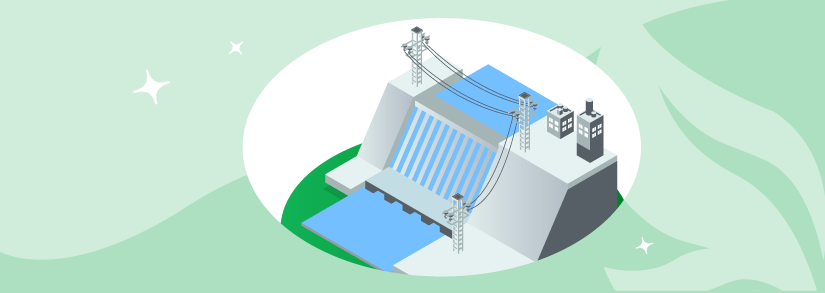Hydroelectricity & Hydropower in Australia
Hydropower (also known as just hydro) is one of the oldest methods of renewable energy generation. For thousands of years, water has been used to power mills to grind flour, break ore, and make paper. Since then, technology has greatly improved, and hydro has become an important renewable resource in the energy transition. By capturing the power of water, hydro energy can be turned into electricity for everyday use. To learn more about hydropower, and hydroelectricity in Australia, continue to read below.
What is hydropower? How does hydroelectricity work?
Hydropower is the power derived from the energy of falling or fast moving water. While traditionally this has been in the form of kinetic energy such as watermills, today the most popular use of hydropower is hydroelectric generation. By using dams and reservoirs in conjunction with turbines (similar to wind power) and generators, electricity can be generated and even stored for public use. As of 2025, over 60% of all global renewable energy was generated through hydropower.
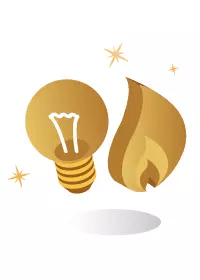
There are four ways to generate electricity through hydro, which occasionally overlap in order to supplement electricity generation depending on the body of water that energy is being generated from.
Run-of-river hydropower utilizes the movement of water to generate electricity. Due to the nature of rivers, this method of hydropower often has no storage capacity and instead continuously generates a supply of electricity
Storage hydropower uses dams to store water in reservoirs, generating electricity by releasing the water through a turbine to activate the generators. Storage hydropower is able to meet demands of the electricity grid, by being able to turn off and on as needed and due to its storage capacity, can work for months without needing more water.
Pumped-storage hydropower is similar to storage hydropower, but requires the use of an upper and lower reservoir. When demand on the grid is high, water is released through turbines from the upper reservoir to the lower reservoir, and when demand is low water is pumped back into the upper reservoir using surplus energy.
Offshore hydropower is a newer method of hydroelectric generation, which utilizes tidal waves and tidal lagoons to generate electricity in a similar manner as hydroelectric dams.
Need Energy Advice ?
Selectra's Energy Experts are Available To Help You Free of Charge
(Free Selectra Service - Currently open)
The future of hydroelectricity in Australia
Hydropower was once the biggest source of renewable energy in Australia and nearly a decade ago, made up over 55% of the renewable energy generation in the country. However as the cost of other renewable energy technologies has decreased, and droughts caused by climate change have begun to dry up reservoirs, interest in hydro has been on the decline.
Clean Energy Council Reports 2020-2025
According to the Clean Energy Council of Australia, in 2025 hydro was the second largest renewable energy source in Australia, accounting for 25.7% of the country’s renewable energy generation portfolio. However a sudden spike in interest in small-scale solar has bumped hydropower to the third biggest renewable energy source (at 23.3%), putting it behind wind power (35.9%), and small-scale solar (23.5%) but still ahead of biomass.
Source: Clean Energy Council 2024 Report
That being said, there are over 100 hydro stations in Australia with more projects in the works. This includes Snowy Hydro which contributes to approximately half all hydroelectricity generated in the country and its latest project, Snowy 2.0, which is in the process of being built and will increase the hydroelectric capacity by an additional 2,000MW by 2025. Outside of Snowy Hydro, the network of hydroelectric generators in Tasmania (which heavily relies on the renewable resource), known as Hydro Tasmania, holds the largest concentration of hydropower.
While hydro might seem like it’s on the decline, the hydro industry was given a large financial boost in 2023. This includes its inclusion in the Federal Government’s Technology Investment Roadmap as one of five priority low-emissions technologies as well as additional funding from both the private and public sectors in an effort to reach Australia's renewable energy target.
The pros and cons of hydroelectricity
Hydropower and hydroelectricity generation is among the most popular, and well known, renewable energy resources in the world. While hydropower does so much in the global energy transition, it isn’t without its disadvantages.
| Advantages of hydroelectricity | Disadvantages of hydroelectricity |
|---|---|
|
|
Advantages of hydropower
Hydropower is a renewable resource, as the water cycle is driven by the sun. It also pairs well with other renewable energies, such as solar and wind power, to ensure renewable energy is being generated 24/7.
Hydro can easily meet the needs of consumers, particularly when demand is high. Wind and solar energy can’t be used to generate electricity 24/7 but hydro can generate energy on demand by releasing the stored water through turbines. This also allows hydro to quickly provide essential power in the event of a blackout, as some types of hydropower stations can go from zero output to maximum output almost immediately.
Some types of hydropower plants that rely on reservoirs offer recreational opportunities for the residents in the surrounding areas such as for swimming, boating, and fishing.
Need Energy Advice ?
Selectra's Energy Experts are Available to Help You Free of Charge
(Free Selectra Service - Currently open)
Disadvantages of hydropower
Hydroelectric stations are usually massive, and the construction of hydroelectric stations around water sources can have a huge impact on the surrounding environment, particularly storage or pumped storage hydro which can interrupt the flow of the river and disrupt the animals that live and migrate around there.
The startup costs of hydropower are immensely expensive, as the infrastructure involved includes a dam, reservoir, and turbines, as well as needing to build the underwater foundations. It should be noted, however, that after the hydro station is built, it will require less maintenance.
Hydropower is dependent on rainfall and droughts, and with climate change affecting both, it’s getting harder and harder to not only find places to build hydro stations but the output of energy generated isn’t always remaining constant.
Micro-hydro energy generation and residential hydroelectricity
Micro-hydro power systems are small-scale systems (under 100KkW) that utilize small streams or rivers to generate power at a residential or community level. Micro-hydro systems are great, because they don’t require a lot of maintenance, and can run 24-hours a day without being dependent on wind or sun like solar power or wind energy.
Unfortunately, Australia is not well-suited for micro-hydro systems as continuously running water is required. However, if you have running water on your property, and wish to generate residential hydropower, micro-hydro systems can be more efficient and cost-effective as other small-scale renewable energy systems.
In Australia, solar or wind energy systems are preferred, as these resources are abundant. PV systems can be used to heat pools and heat your home's water and the costs can be easily recouped thanks to government subsidies and programs like the feed-in tariff.
Green Power is a great alternative when wind, solar, and hydro are still out of your reach. Investing in an accredited Green Power plan with an energy provider you are committing the company to use more renewable energy.
Frequently Asked Questions: Hydroelectricity in Australia
What is hydropower and how does hydroelectricity work?
Hydropower harnesses the energy from falling or fast-moving water to generate electricity. Water flows through turbines that convert kinetic energy into electrical energy. Today, hydropower is a major renewable energy source using methods like run-of-river, storage, pumped storage, and emerging offshore tidal technologies.
How significant is hydroelectricity in Australia's energy mix?
Hydroelectricity accounts for about 23-25% of Australia’s renewable energy generation and roughly 6% of the nation's total electricity supply. It is the second or third largest renewable source behind wind and solar, with major facilities like the Snowy Mountains and Tasmanian hydro schemes.
What types of hydroelectric systems exist?
Four main types: run-of-river systems with no storage, conventional storage hydro using dams, pumped storage hydro that stores energy by moving water between reservoirs, and offshore tidal hydro using tides and waves for power generation.
What are the benefits of hydropower?
- Renewable and sustainable energy source.
- Reliable, able to meet electricity demand on demand including peak loads.
- Supports grid stability and provides backup power during outages.
- Can offer additional benefits like recreation and irrigation.
What are the challenges or drawbacks with hydropower?
- High upfront costs and infrastructure investment.
- Environmental impacts such as habitat disruption and water use conflicts.
- Dependence on rainfall and vulnerable to droughts and climate variability.
- Less suitable for small-scale residential energy generation.
What is the future outlook for hydroelectric power in Australia?
Despite some decline compared to solar and wind, hydro remains vital. Projects like Snowy 2.0, which adds 2 GW of pumped storage by 2025, are key to energy storage and grid reliability. Governments and private sectors are investing to enhance hydro capacity and storage to support renewable integration.
Are micro-hydropower systems viable in Australia?
Micro-hydro, small-scale hydropower under 100kW, is limited in Australia due to geographic constraints. While efficient where applicable, most Australians opt for solar or wind for home-scale renewable solutions.
Who are the major hydroelectric operators in Australia?
Snowy Hydro is the largest hydroelectric operator, with significant capacity and ongoing expansion projects. Hydro Tasmania also manages a large network of hydro plants contributing substantially to Tasmania's renewable energy.
More about Renewable

Green Loans for Healthcare Providers: Save on Solar, EVs & Energy
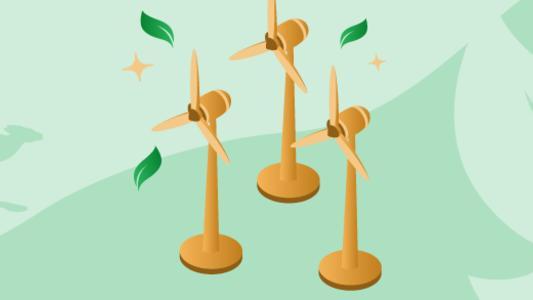
Wind Energy, Wind Turbines, and Wind Power in Australia
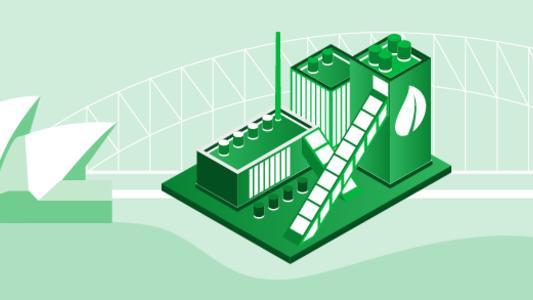
Biomass Energy and Biogas in Australia
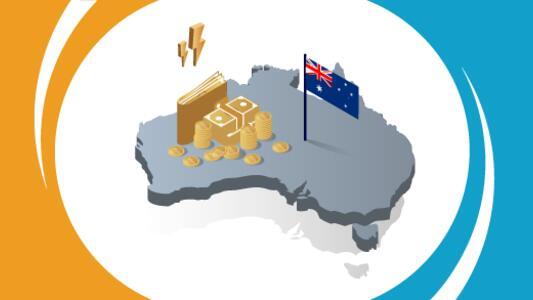
Green Gas: What Is It and Can You Use It at Home?
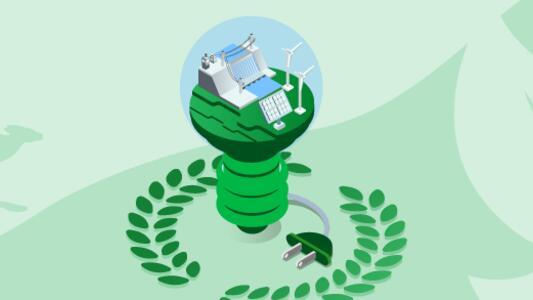
Green Energy: What It Is and Why It Matters

Smart Lighting Systems in Australia
Click below to find a better deal for your home!
